Tallinn & Saaremaa: Estonia
- hm
- Sep 5
- 8 min read
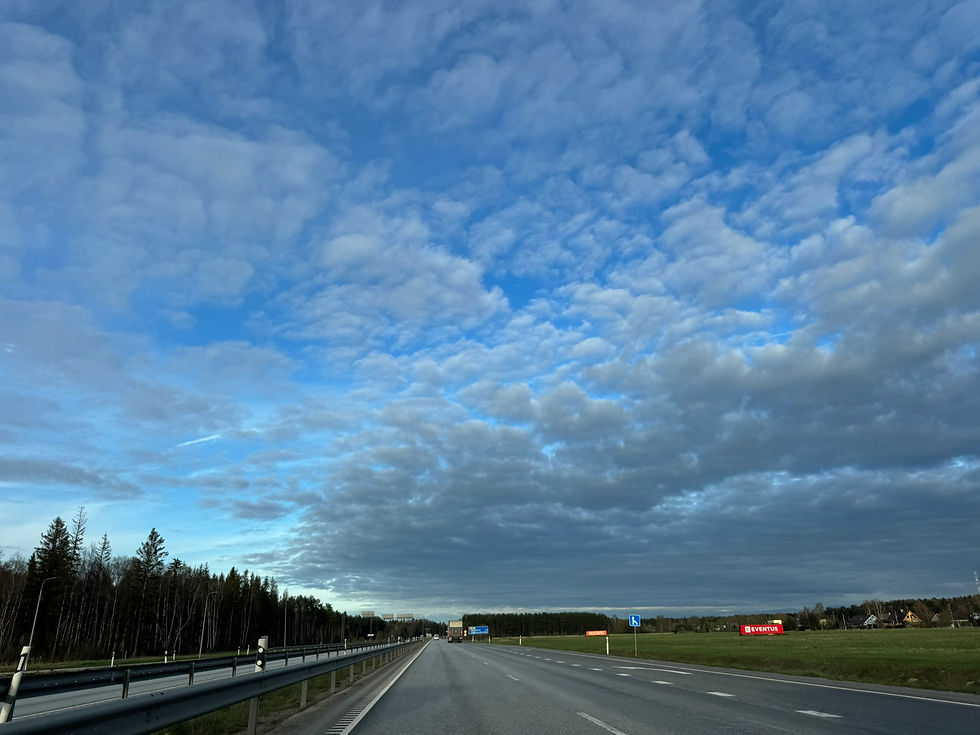
Several years ago, I took a ferry from Helsinki to Tallinn and spent a day wandering the cobbled lanes of its enchanting old town. That brief encounter left me wanting more — to see Estonia beyond its postcard-perfect capital.
This year, I finally made it happen. I rented a car in Riga, Latvia’s vibrant neighbor to the south, and began the scenic 310-kilometer drive north to Tallinn, tracing the Baltic coastline and crossing into a country I’d long hoped to explore in depth.

The route followed a mostly single-lane highway, with an average speed limit of 100 km/h and no shortage of speed cameras to keep drivers honest. Instead of rushing, I embraced the pace — a choice that turned the drive into a quiet meditation.
Birch forests lined the roadside, their silvery trunks flickering in the breeze, and long green expanses unfurled around me, interrupted only by the occasional farm or shadowy stretch of woodland. For nearly the entire journey, I was immersed in nature.
As I entered Tallinn, the modern buildings were everywhere.

Tallinn’s tram system is a charming blend of history and modern efficiency. It’s the only tram network in Estonia, and it forms the backbone of the capital’s public transport. Gliding past medieval spires and Soviet-era blocks, these retro-styled “Johan” cars rattle around with nostalgic charm.
Checking into the historic Telegraaf Hotel in the heart of Old Town, I was welcomed by its quiet elegance and storied past. Discovering that it housed a Michelin-rated restaurant, I didn’t hesitate to savor a delicate blend of Nordic flavors and modern finesse—a meal that was delightful.
After a great leisurely breakfast in the morning, I ventured out to see the Old Town. It was just a few steps away, as the hotel itself was nestled within its cobbled embrace. The Town Hall Square lay before me —its Gothic spire rising above the pastel façades.
Just off the square, I stepped into Olde Hansa, a medieval tavern where candlelight flickered against timbered walls and the scent of spiced mead hung in the air. Servers in linen tunics moved around serving meals like 15th century feasts.
Next, I wandered into the Niguliste Museum, once St. Nicholas Church—a medieval sanctuary now reborn as a museum and concert hall. Its Gothic silhouette still casts a solemn grace over the cobbled streets.
Outside, a banner fluttered in the breeze, announcing Eesti Raamat 500: Reliikviad—a tribute to 500 years of Estonian book culture. Inside, the exhibition showed the history of the written word: fragments of the earliest Estonian texts, manuscripts, and portraits of literary pioneers.
The walk led me through a narrow street, quiet and charming. Curious, I followed it, only to stumble upon a small crowd gathered at a corner, chatting excitedly in different languages. “Where are you headed?” I asked one of them. “Free walking tour,” they replied with a grin.
As luck would have it, another tour was about to begin from the Town Hall Square. I joined in. Our guide arrived in full character — a theatrical mix of local wit and historical flair. With expressive gestures and a voice tuned for storytelling, he led us through legends and laughter.
He made the group shout in medieval alleyways, described the rise and fall of Tallinn’s Hanseatic fortunes, and invited us to imagine the clamor of markets and the guilds long gone. It wasn’t just a tour—it was an immersive play with the city itself as the stage.
As we wound through the alleys flanked by tall, timeworn buildings, our guide paused and pointed to a row of curious houses—narrow but stretching deep into the block. “In the old days,” he explained with a grin, “taxes were charged by the width of your home’s façade. So Tallinn’s clever merchants built long, slender homes to dodge the levy.” It was architectural thrift wrapped in medieval ingenuity. Peeking through a doorway, you could see staircases disappearing into dim courtyards and kitchens tucked far in the back.

Raekoja plats was my next stop, its cobblestones worn smooth by centuries of footsteps, at the heart of Tallinn's Old Town, this square had a lot of tourists enjoying the outdoor café tables.

Tourists stood in the center, cameras swinging. This UNESCO world heritage site hat a lot of charm to be captured and cherished.
My next exploration took me on a two-mile walk toward the PROTO Invention Factory, tucked inside a repurposed submarine foundry in the Noblessner harbor—once a secretive industrial zone, now reborn as a sleek cultural and residential enclave. The path led past waterfront cafés and restored warehouses.

As the sun dipped low beyond Noblessner harbor’s shimmering glass, I made my way to the evening’s special treat—a dinner reservation at 180° by Matthias Diether, Tallinn’s Michelin two-star gem. The walk from PROTO had been invigorating, threading through the waterfront’s quiet elegance, but stepping into the restaurant felt like entering an entirely different realm.
Inside, time stretched. Over the course of four languid hours, each plate arrived like a chapter in a novel—precise, imaginative, and beautifully composed. Nordic ingredients danced in sophisticated textures: fermented asparagus in citrus snow, velvet-rich cod touched with smoked beet essence, and a dessert that tasted like childhood memories made luxe.
I found myself toggling between two equally captivating views—outward toward the sparkling port, where rows of yachts bobbed gently in the evening hush, and inward toward the choreography of the open kitchen. The staff, focused and fluid in their movements, orchestrated each dish with silent precision and artistic care. Their plating was its own performance: each element placed with intention, like brushstrokes on porcelain canvases.
The space itself glowed with quiet refinement—minimalist without austerity, letting the food and conversation take center stage. Service was polished but warm, with the kind of theatrical timing that made each course feel like an opening night. This wasn’t just a meal. It was a journey—culinary, emotional, deeply personal—folded into the rhythm of Tallinn’s evolving heartbeat.
The staff took great interest in me, a solo diner from the U.S., ensuring I felt welcome and engaged throughout. Between courses, they lingered in conversation, sharing stories and offering kind suggestions—from exploring the rugged tranquility of Saaremaa Island to venturing out on a scenic hike via Palverännak, Estonia’s pilgrimage trails.

The walk back from 180° to the Telegraaf Hotel was a quiet counterpoint to the evening’s indulgence— the air had turned brisk, and I passed cobbled alleys and shuttered cafés. The St. Olaf’s Church rose ahead, bathed in soft golden light that carved its towering spire into the dark canvas of the night sky.
I paused, hands buried deep in pockets, letting the quiet grandeur of the scene wash over me. After hours immersed in culinary artistry, this scene added to the joy —simple and solitary.
Even though it was well past midnight, the main square still pulsed with quiet life. Couples and wanderers walked the cobbled streets, and the facades cast playful shadows across the Gothic spires and pastel walls. Above, the sky held wisps of cloud weaving between scattered stars.
The next morning at the Telegraaf, I lingered over a breakfast that felt like a continuation of the previous night’s indulgence—a perfectly fluffy omelette, coaxed to golden lightness by a chef.
Then, I set off on the 220-kilometer journey to explore Saaremaa Island, just as the gracious staff at 180° had suggested.
The drive unfurled through pastoral Estonia, a collection of sleepy villages, shimmering lakes, and pine forests.

As I drove, I purchased the ticket to the car carrying ferry and made it in time to catch the next ferry crossing at Virtsu,

The ferry was large; I parked the car and enjoyed some coffee at the upstairs lounge and seating area.

The day was not too sunny, and the Baltic Sea was shimmering. In less than half hour, I was at the Kuivatsu end of the ferry ride.
As I drove along towards Saaremaa on the coastal road, the buildings had varied architecture —sunny yellows, sea-washed blues, and salmon pinks. Drawn in, I stopped at a bakery and grabbed a flaky pastry. I ate it slowly outside while watching locals move with gentle familiarity and resumed my drive after this short break.
Driving toward Saaremaa, I passed the open Baltic Sea and the Gulf of Riga. The views were stunning—blue skies, scattered white clouds, and long stretches of coastline that felt untouched. I pulled over briefly to take it in: the sea shimmering quietly, the air crisp and clean. It was one of those drives where the scenery does all the talking.

Walking around by the water I saw a statue that was a tribute to Estonian folklore. Suur Tõll, the legendary giant of Saaremaa, is known for his strength and loyalty, often portrayed as a protector of the island. Standing beside him is Piret, his wife, a figure of domestic wisdom and resilience.
Everywhere I looked, it felt like a painting. From quiet bends in the road the Kuressaare Castle stood watch—its stone walls catching the light like something out of a fairytale. A couple stood by their boat, brushing on fresh paint with slow, deliberate strokes. The water shimmered nearby, and the birch trees swayed just enough to make the whole scene feel like it was breathing. It was the kind of calm that doesn’t ask for attention but lingers anyway.
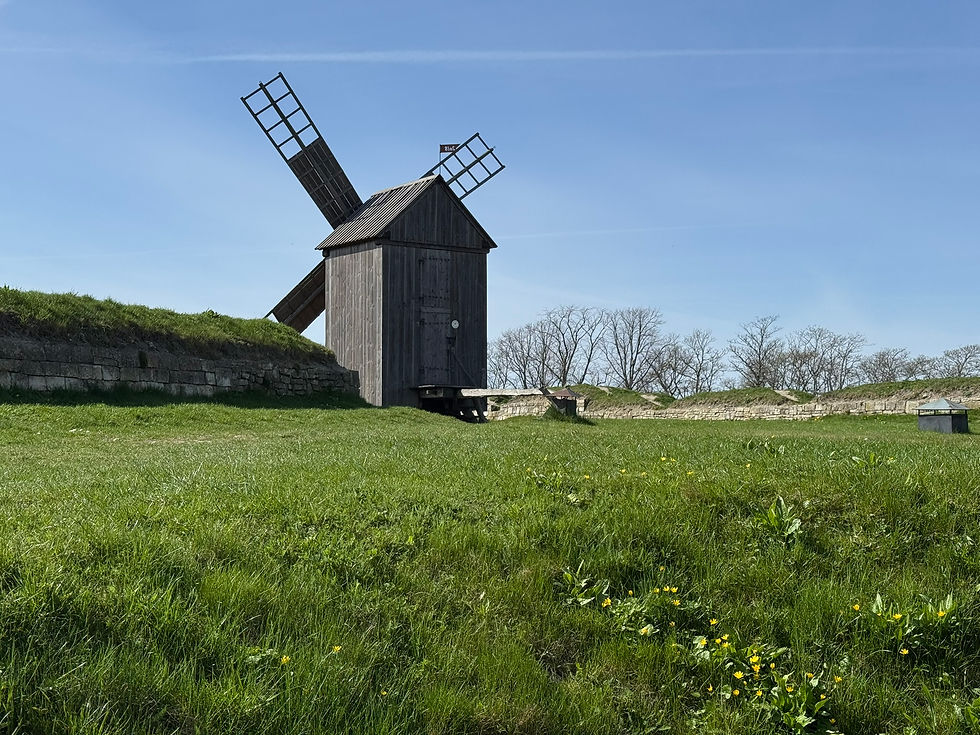
The next adventure was to visit the castle and its grounds. An ancient wooden windmill stood guard on one of the ramparts.
After walking the grounds of Kuressaare Castle and exploring its expansive museum, I felt ready to head back to Tallinn. Saaremaa had offered a peaceful charm—quiet streets, coastal views, and a slower rhythm that made it easy to unwind.
As picturesque as the island is, it’s clear that one visit isn’t enough. I’d like to return with more time to enjoy its hospitality, local flavors, and the kind of calm that’s hard to find elsewhere.
The drive back to Tallinn was pretty —forests rolled past in waves of green, meadows stretched wide under drifting clouds, and the quiet beauty of Saaremaa lingered in my thoughts.

From the viewpoint overlooking Tallinn’s Old Town, the scene was striking: medieval stone walls wrapped around the city, red-tiled rooftops and colorful facades lining the narrow streets below. It was a clear, panoramic look at the city’s historic core—compact, well-preserved, and full of character.

The Alexander Nevsky Cathedral, perched on Toompea Hill, stands out with its onion domes and ornate Russian Revival design. Built in the late 19th century during Estonia’s time under the Russian Empire, it’s now a key landmark—admired for its architecture and historical significance.

Beneath the Toompea Hill, Taani Kuninga Aed—or the Danish King’s Garden—is a quiet spot with a legend indicating that the Danish flag first fell there from the sky during a 1219 battle, marking a turning point in Estonia’s history. Today, the garden features haunting monk sculptures and offers a peaceful view over Tallinn’s rooftops, blending myth, history, and a touch of mystery.
I visited St. Nicholas Church, now the Niguliste Museum, where a sleek glass elevator rose through centuries of stone, offering a quiet thrill as it revealed sweeping views above the rooftops. From hidden alcoves, I captured glimpses of Tallinn’s Old Town.
After admiring the grand church bell, browsing the book museum’s tribute to centuries of Estonian literature, and letting the vibrant stained-glass windows cast their colors across the quiet interior, I found a nearby café, tucked between pastel facades, and settled in with a cup of coffee, letting the morning’s impressions steep a little longer.
Maiasmokk Café, Estonia’s oldest operating café—dating back to 1864 has its elegant interior nearly unchanged for over a century, with ornate woodwork and a painted glass ceiling that evoke a bygone era. Famous for its handmade marzipan, the café even houses a small museum where you can see historic molds and watch marzipan artists at work. It’s a sweet stop that blends history, charm, and confectionery craft. A nice coffee and cheesecake later, I was ready to explore more.
For a peaceful sunset escape, I chose the Tiny Marienholm mini villas near Haapsalu—modern, glass-fronted cabins tucked into the quiet folds of the Marienholm peninsula.
As evening settled in, I sank into a chair by the window, watching sea birds skim across the lagoon, their wings catching the last light of day. The sky turned a soft gold, then deepened into amber, and the water mirrored every shade. It was silent, except for the occasional call of a gull and the rustle of reeds. In that moment, the world felt paused—just me, the birds, and the Baltic light stretching out toward night.
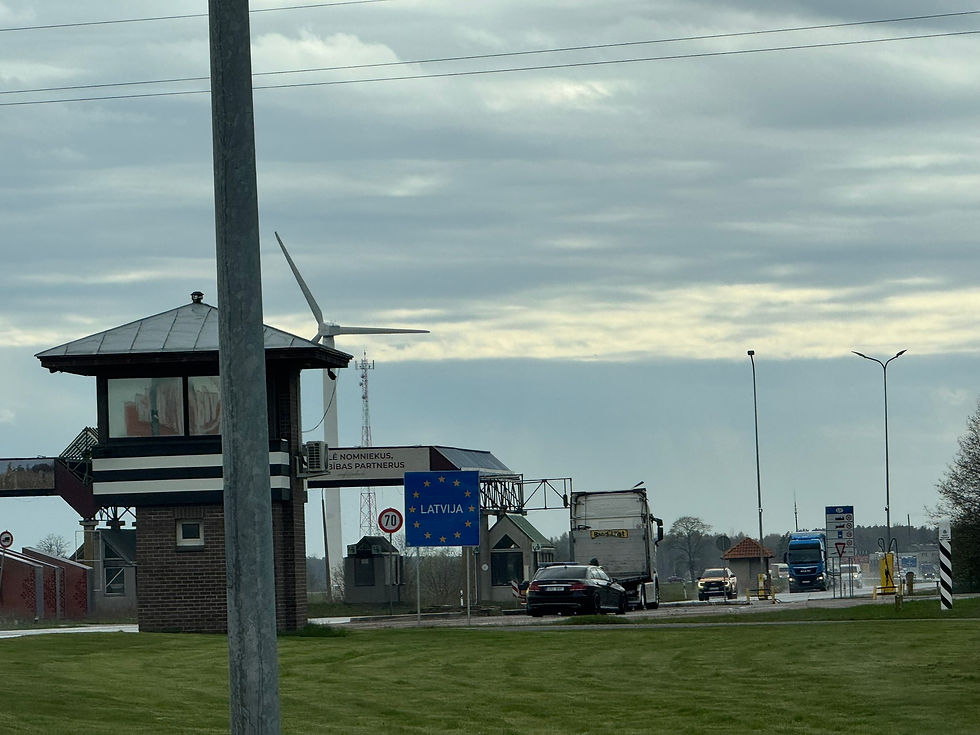
With a heartwarming stay in Estonia behind me—marked by unforgettable meals, sweeping views, and layers of history and culture—I set off on the drive back to Riga.
The road felt familiar, yet my thoughts were filled with Estonian impressions: quiet castles, coastal sunsets, and the warmth of local hospitality. Gratified and inspired, I carried those memories with me, already looking ahead to the next place that might surprise me, teach me, or simply invite me to pause and take it all in.





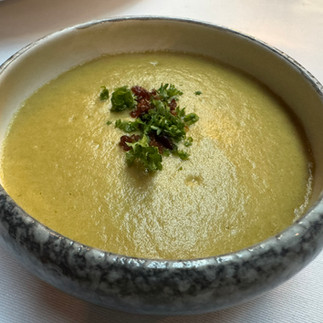





















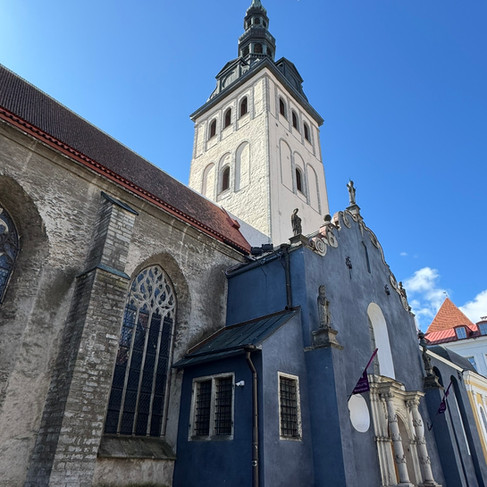











































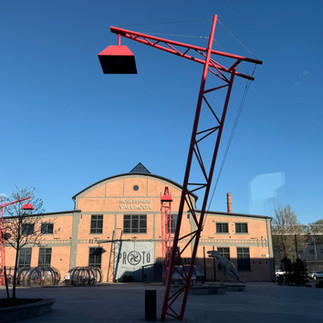



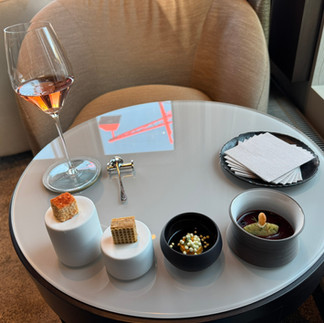

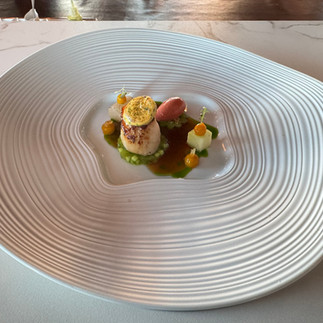















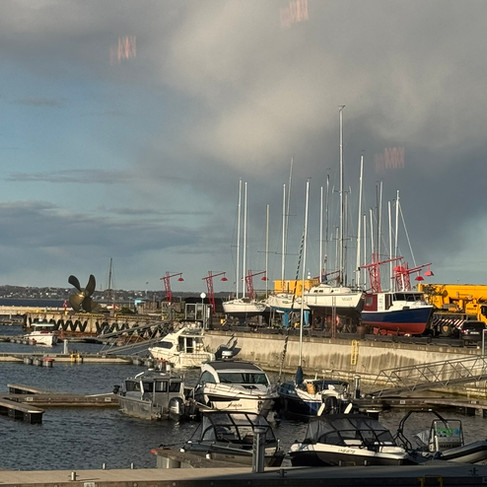













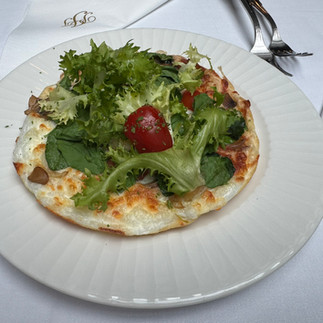





















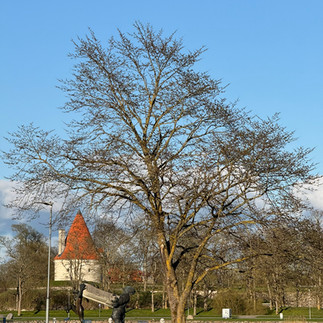









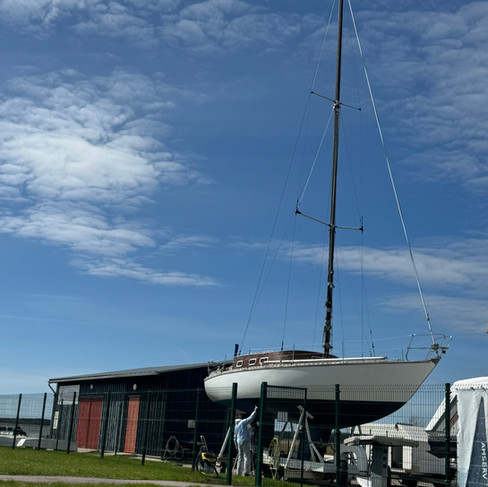

















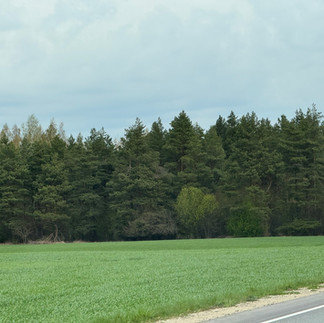

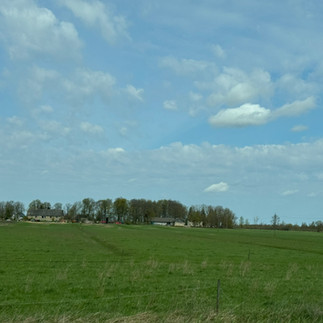































Comments